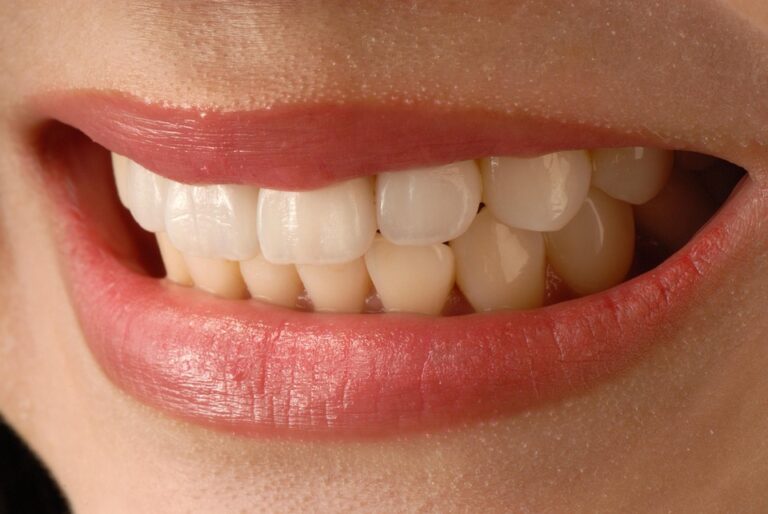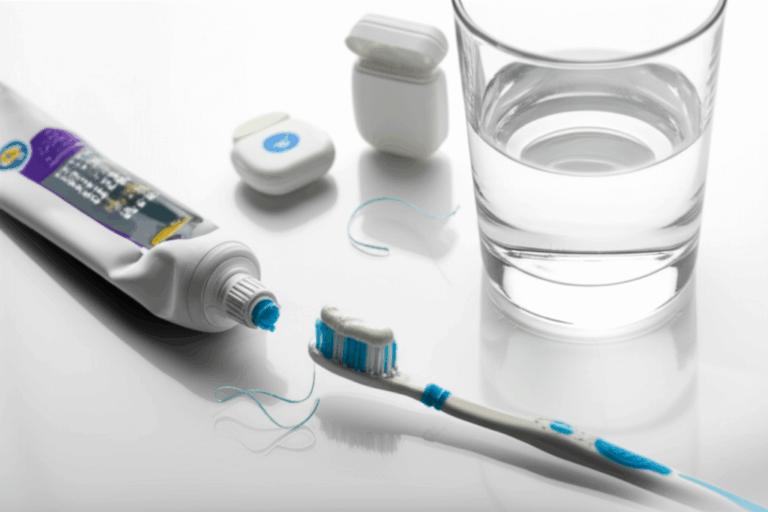
How Much Are Upper Dental Implants
Thinking about getting upper dental implants but worried about the cost? I’ve been there, and it can be really confusing to find out exactly what you’ll have to pay. Prices can be all over the place! In this article, I’ll explain what makes upper dental implants cost what they do. Ever wondered why your neighbor paid half of what your dentist wants to charge? Stay with me. I’ll go over actual numbers, tips to save money, and fees you might not expect. That way, you can make the best choice for your teeth and your budget.
Article Outline
- What Are Upper Dental Implants?
- Why Do People Need Upper Dental Implants?
- How Much Do Upper Dental Implants Cost?
- What Makes the Price Go Up or Down?
- Is There a Cheaper Option?
- What’s the Whole Process Like?
- Will Dental Insurance Help Pay?
- Does It Cost More for a Whole Row Than One Tooth?
- Should You Think About Getting Implants Made in Another Country?
- How Do You Get the Most for Your Money?
What Are Upper Dental Implants?
When I first heard about dental implants, I imagined something out of a movie. But really, they aren’t that weird. An upper dental implant is just a small metal post—usually titanium—put in your upper jaw where you lost a tooth. The dentist puts a fake tooth or bridge on it, so it looks and works just like your real tooth.
Implants have changed things for people missing teeth. Unlike old-school dentures, these stay in place, so you don’t have to worry about them falling out. They’re strong and last a long time, but because of that, they cost more. More about the price soon.
Why Do People Need Upper Dental Implants?
I remember when my friend Mike broke a tooth chewing on ice. Besides the pain, he didn’t want to smile. Accidents, gum problems, and cavities—there are lots of ways to lose a tooth. Missing teeth up top can make it harder to talk, chew, or even change how your face looks.
Upper dental implants fill those spaces so you can eat what you want, smile, and bite apples again. For some people, it’s about feeling good, not just eating. Leaving spaces can even lead to bigger dental bills later on if you’re not careful.
How Much Do Upper Dental Implants Cost?
Let’s talk numbers: how much do upper dental implants really cost? There’s not one answer. One implant in the US can be anywhere from $2,000 to $6,000, for everything start to finish. If you need a few teeth replaced, it can be $12,000 to $30,000 or even more. Ouch!
The problem is a lot of ads show the cost of just the screw part—not the fake tooth (crown) or the work to put it in. That’s like buying only the basement for a house. Once you add everything, it gets expensive fast.
What Makes the Price Go Up or Down?
Why does your cousin pay $2,500 but your dentist says $5,000? City dentists usually ask for more money. If you need extra work before the implant—like adding bone—that costs extra. I remember my neighbor Pat had over $2,000 just for special X-rays and prep work.
The kind of fake tooth matters too. Dentists might use crowns from a local lab, an emax dental lab, or a 3d dental lab. Each one has a different price. If you want a perfect match for your smile, that can cost more, too.
Is There a Cheaper Option?
If these prices shock you, you’re not alone. Some people choose lower-cost options—like removable partial dentures or bridges. They can cost hundreds instead of thousands.
But cheaper isn’t always better. Old-style bridges can hurt the teeth next to the gap. Removable dentures can feel weird and don’t help keep your jaw strong. So you may save money now but might have to pay more later.
What’s the Whole Process Like?
Getting an upper implant isn’t done in one visit. You might go to the dentist five to seven times in total. First comes a meeting, then 3D scans or X-rays, then the surgery for the metal post.
You have to wait a few months for your jaw to heal, especially up top. Your bone needs to grab onto the implant. Only after that can your dentist put in the fake tooth from a lab. So, you need some patience—it’s not a quick fix.
Will Dental Insurance Help Pay?
This part isn’t great. Most dental insurance in the US doesn’t pay for the whole implant. They might cover the crown or some X-rays, but the post and the surgery? Usually not. That means most of the money comes from you.
Some insurance pays for part of it, or lets you use money from HSA or FSA accounts. Ask your dentist’s office to check your insurance for you. Some people do save a few hundred bucks this way, but every plan is different.
Does It Cost More for a Whole Row Than One Tooth?
Replacing one tooth is expensive, but if you need to fix all your upper teeth, get ready for a higher bill. One upper implant could cost about $3,000 to $5,000. A whole upper row (4 or more implants for all the teeth) can hit $15,000 or sometimes $25,000 or more.
Why? You have to pay for each screw, extra fake teeth, and a lot more lab work. Full row solutions use special labs to get a perfect fit, which adds more cost. The more teeth you need, the trickier—and pricier—the job is.
Should You Think About Getting Implants Made in Another Country?
I know people who save a lot of money by using a china dental lab. Labs from other countries, like zirconia labs or emax dental labs, use skilled workers and good machines. But there are downsides. Shipping can take weeks, and if something is wrong, you could wait even longer for fixes.
The price can be lower. But if your dentist doesn’t work with those labs, it could become a hassle. It’s important to think about the savings and if it’s worth any possible problems—especially with important dental care.
How Do You Get the Most for Your Money?
Dental prices can be confusing. I always tell people to ask what the price includes. Some dentists give you one number for everything. Others list the lab, implant, crown, and surgery separately.
Don’t be shy about seeing other dentists to compare prices. Ask about different fake tooth types (like zirconia or emax), or if you really need a special 3D lab. Getting a second opinion can sometimes save you thousands. Expensive isn’t always better—but super cheap? That’s a warning sign.
Summary: Key Takeaways
- Upper dental implants usually cost $2,000–$6,000 per tooth in the US.
- Where you live, the type of dental lab (like zirconia or emax), and extra treatments (bone graft, scans) all affect the final price.
- Insurance almost never pays for the whole thing—be ready to spend your own money.
- Other options—dentures or bridges—cost less but have their own problems.
- Getting work from overseas labs (china dental lab or similar) might save money but can slow things down or cause fit issues.
- Getting a full upper row can cost $15,000–$30,000.
- Always ask for a clear, detailed price and compare a few dentists.
- Getting implants takes months from start to finish. Be patient!
- Good dental care is worth it—don’t take shortcuts that hurt your health or comfort.
If you read this far, you’re already ahead. Go into your dental implant journey knowing what to expect—don’t let the price scare you away from getting the smile you want!








